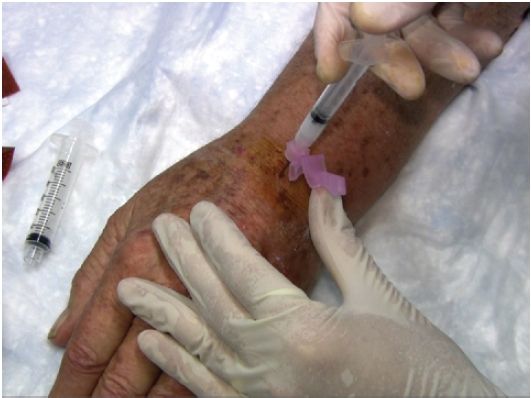FIGURE 6.41 Coronal section of the wrist. (From Tank PW, Gest TR. Lippincott Williams & Wilkins Atlas of Anatomy. Philadelphia, PA: Lippincott Williams & Wilkins, 2009.)
PATIENT POSITION
- Supine on the examination table with the head of the bed elevated 30 degrees.
- The elbow is slightly flexed with neutral positioning of the wrist in pronation.
- The wrist is supported with the placement of chucks pads or towels.
- Rotate the patient’s head away from the side that is being injected. This minimizes anxiety and pain perception.
LANDMARKS
1. With the patient supine on the examination table, the clinician stands lateral to the affected wrist.
2. Identify and mark the area of maximal tenderness and/or swelling over the dorsal aspect of the wrist joint.
3. At that site, press firmly on the skin with the retracted tip of a ballpoint pen. This indention represents the entry point for the needle.
4. After the landmarks are identified, the patient should not move the wrist.
ANESTHESIA
- Local anesthesia of the skin using topical vapocoolant spray.
EQUIPMENT
- 3-mL syringe
- 5-mL syringe—for optional aspiration
- 25-gauge, 1-in. needle—for injection
- 20-gauge, 1-in. needle—for optional aspiration
- 0.5 mL of 1% lidocaine without epinephrine
- 0.5 mL of the steroid solution (20 mg of triamcinolone acetonide)
- One alcohol prep pad
- Two povidone–iodine prep pads
- Sterile gauze pads
- Sterile adhesive bandage
- Nonsterile, clean chucks pad
TECHNIQUE
1. Prep the insertion site with alcohol followed by the povidone–iodine pads.
2. Achieve good local anesthesia by using topical vapocoolant spray.
3. Position the needle and syringe perpendicular to the skin with the needle tip directed posteriorly.
4. Using the no-touch technique, introduce the needle at the insertion site (Fig. 6.42).
5. Advance the needle down into the wrist joint.
6. If aspirating, withdraw the fluid using a 20-gauge, 1-in. needle with the 5-mL syringe and then inject through the same syringe.
7. If only injecting, use a 25-gauge, 1-in. needle with the 3-mL syringe.
8. If injection following aspiration is elected, remove the large syringe from the 20-gauge needle and then attach the 3-mL syringe filled with the steroid solution.
9. Inject the steroid solution as a bolus into the wrist joint. The injected solution should flow smoothly into the space. If increased resistance is encountered, advance or withdraw the needle slightly before attempting further injection.
10. Following injection of the corticosteroid solution, withdraw the needle.
11. Apply a sterile adhesive bandage.
12. Instruct the patient to move his or her wrist through its full range of motion. This movement distributes the steroid solution throughout the joint.
13. Reexamine the wrist in 5 min to confirm pain relief.

FIGURE 6.42 Right dorsal wrist joint injection.





